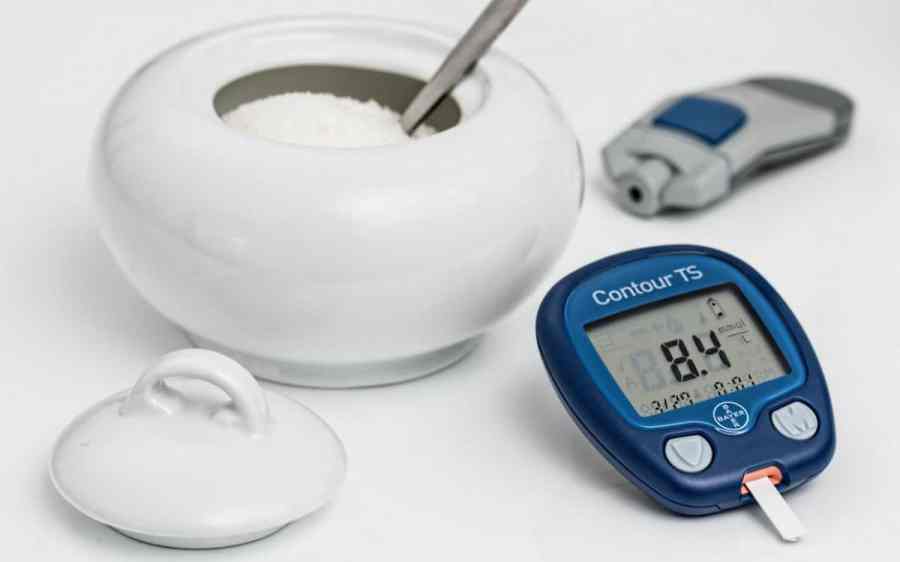Therapeutic Blood Draw for Testosterone Levels

Knowing how to control blood sugar levels is an important part of diabetes management. If they spike and stay too high for long periods of time, you increase the risk of developing diabetes complications. When they drop too low, you may feel lethargic and lose the ability to think normally. Fortunately, tracking your blood sugar levels is fairly easy to do as long as you have the necessary tools and make it a habit.
What Is Normal Blood Sugar?
Ideal blood sugar level falls within a range and is not a specific number. A normal blood sugar level is between 70 and 99 mg/dl if you've been fasting. If you test your blood sugar within two hours of eating, it should be lower than 140 mg/dl. One indicator of diabetes is a series of fasting blood sugar levels higher than 126 mg/dl.
It's important to keep records of your blood sugar levels because this gives you an idea of how well you're controlling your diabetes. You can compare the reading you get at home with a blood sugar levels chart to see whether you're within a normal range. Your doctor can use this information to adjust your medication. You also can use it to identify how your body responds to certain foods or exercise so you make better choices.
Keep Your Supplies in a Convenient Location
You're more likely to check your blood sugar levels if you keep the supplies handy. Put your glucose meter, test strips, lancing device and a tracking blood sugar chart or notebook in a small bag or box. This keeps them together so you don't have to search for individual items. Keep them in a spot where you can easily reach them when it's time to test. This can be your travel bag for work, a drawer in the kitchen or a lunch box.
Create a Chart for Tracking Blood Sugar Levels
There are several ways you can record your blood sugar levels. You can purchase a pre-designed blood sugar chart or record book or download one from a website. Another option is to download an app in which you enter the information each day through your smartphone, computer or smart watch. You can also create your own chart.
Make sure whatever you use gives you space to record information that's most important to you and your doctor. Your record should list your blood sugar level and the time of day you tested it. You may also include a calorie or carbohydrate count and exercise column along with a place to record physical symptoms you experience. This information helps you identify patterns in your blood sugar levels.
Check Your Blood Sugar Levels at Regular Times
It's helpful to establish a routine for checking your blood sugar levels. They fluctuate throughout the day depending on what you food you eat, how much medication you take and how active you are. When you check your blood sugar at the same time each day, it's easier to identify what external factors affect the levels, and then you can make changes as needed. Ask your doctor how often you should test.
Make Sure Your Glucose Meter Is Working Properly
Blood glucose meters usually provide accurate results as long as they are programmed correctly and you follow the manufacturer's instructions when using them. However, if you notice unusual readings, you can use a different meter or visit your doctor's office for a test. Compare these results with the ones you've been getting on your meter.
If your meter is inaccurate, find out why. It's possible to have a perfectly good meter and still get bad results. Using outdated test strips or strips that aren't suitable for the machine can lead to poor readings. Extreme temperatures or drained batteries can affect the results. Sometimes user errors like using too large or small of a blood sample or extracting blood from a site contaminated with dirt or alcohol gives you inaccurate levels.
MORE FROM QUESTIONSANSWERED.NET
Therapeutic Blood Draw for Testosterone Levels
Source: https://www.questionsanswered.net/article/how-to-track-your-blood-sugar-levels?utm_content=params%3Ao%3D740012%26ad%3DdirN%26qo%3DserpIndex
0 Response to "Therapeutic Blood Draw for Testosterone Levels"
Post a Comment